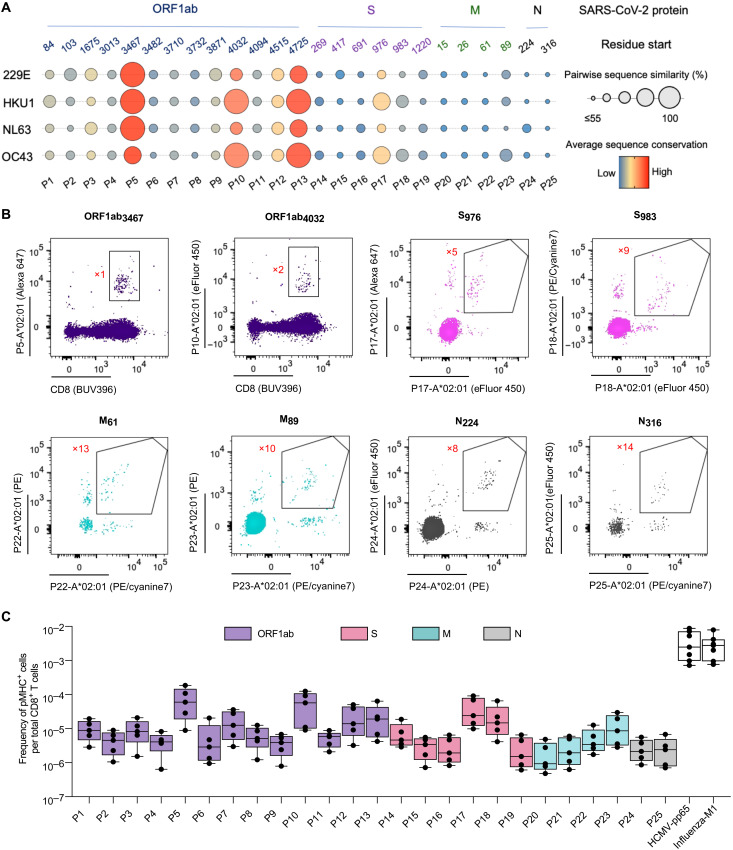Fig. 5. The frequency of CD8+ T cells against SARS-CoV-2 epitopes conserved across seasonal hCoVs is elevated in unexposed individuals.
(A) Sequence conservation of SARS-CoV-2 epitopes across seasonal hCoVs. The epitopes were selected on the basis of their biochemical properties and binding to HLA-A*02:01. These peptides span multiple SARS-CoV-2 coding regions (ORF1ab, S, M, and N) and display varying degrees of sequence similarity. The pairwise conservation score between SARS-CoV-2 and any given hCoV is indicated by the size of the bubble. The color represents the average conservation score across all hCoVs. (B) Representative flow cytometry plots of combinatorial, antigen-specific staining of PBMCs from an unexposed individual using HLA-A*02:01 spheromer pools after magnetic enrichment. The fluorophore barcode as shown in the supplementary information used to determine antigen specificity is labeled in red next to the gated population. (C) Enumeration of SARS-CoV-2 epitope–specific CD8+ T cells in unexposed, prepandemic PBMC samples collected between April 2018 and February 2019. Data from each donor (n = 5) are represented by a dot. The frequency of SARS-CoV-2–specific T cells in unexposed individuals is lower than HCMV-pp65– and influenza-M1–specific T cells.

